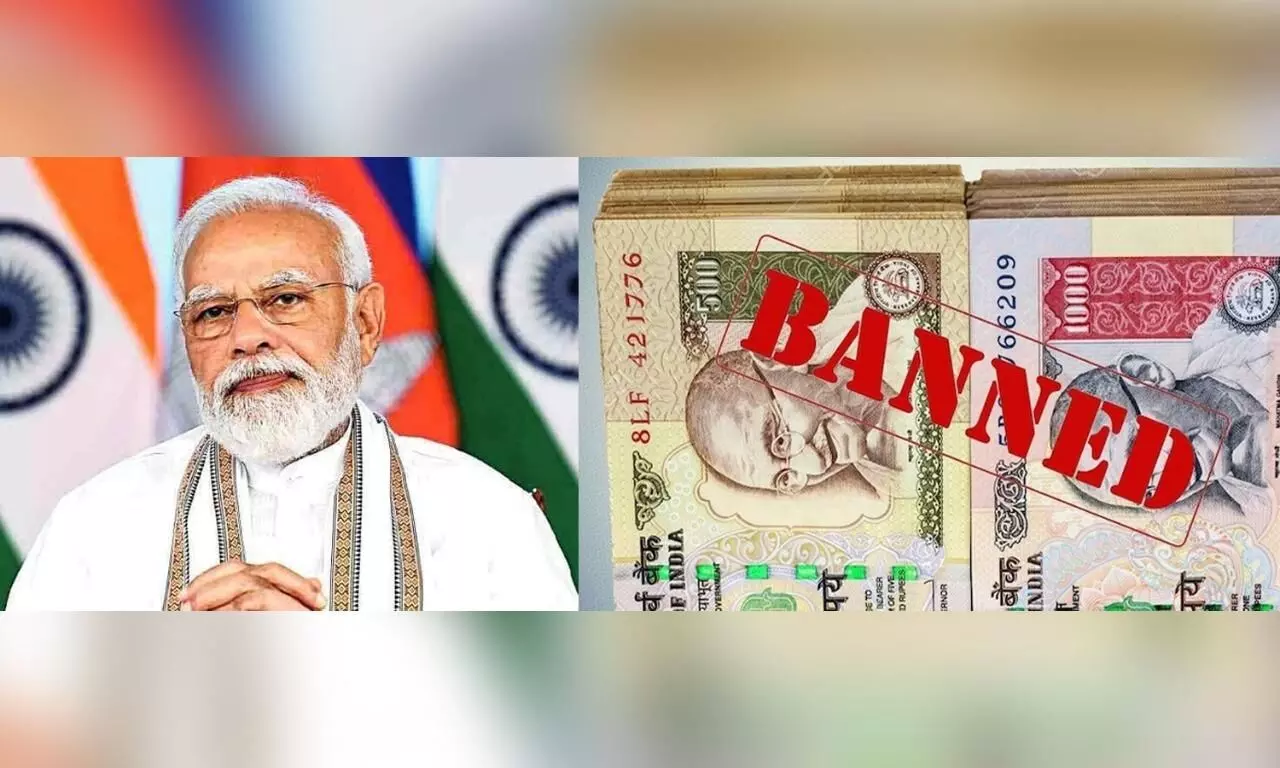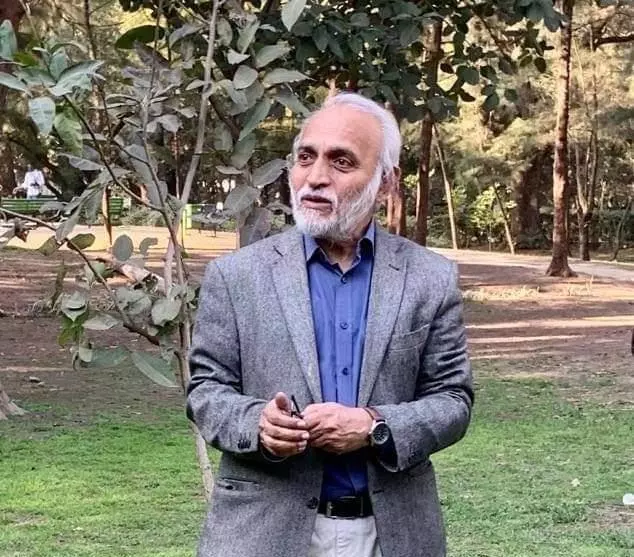Anniversary of failing India: Demonetisation, an example of imbecile economics
Modi had moved on from his blatant folly of the demonetisation of November 8, 2016, making the drastic announcement through a televised address to the nation

Prime Minister Modi had moved on from his blatant folly of the demonetisation of November 8, 2016, making the drastic announcement through a televised address to the nation at 8 pm, and taking away the attention from the United States presidential election which Donald Trump had won. Six years on, he was campaigning for state assembly elections in Himachal Pradesh and Gujarat, and told voters in Himachal that a vote for a BJP would be a vote for him, he has all but forgotten the demonetisation episode. The people should have punished him and his party in the 2019 Lok Sabha election. They did not. So, he is the prime minister who gets away with the biggest blunders. The media and the political opponents wailed about it at the time but the Teflon prime minister remained unaffected. And six years later, they tried to raise the issue but it did not matter. The prime minister rarely refers to it except in passing because he is aware that it was an embarrassing act of his government though neither nor his colleagues in the government dare not admit that it was disastrous decision, though the disastrous effects were short-term and there were no long-term benefits.
Unfortunately, neither economists nor political opponents had done their homework to show the prime minister and the government how foolish a move it was. Apart from causing immense distress to the people at large, majority of them the poor – the middle classes with the credit and debit cards and their comfortable bank accounts were supportive of the government and the poor said the prime minister was doing the right thing even if they had to suffer because he was bringing the rich to account -- the economy was broken in the unorganised sector, which forms 78 per cent of the economy. So, the impact went unrecorded.
The problem of excess liquidity caused by demonetisation and how the Reserve Bank of India (RBI) had handled it was recorded in the RBI Annual Report of 2016-17 issued in August 2016. As Modi demonetised, RBI had to gradually remonetise, channelling the cash back into the real world. The banks were flooded with liquidity and the RBI had to absorb it all. It is the part of demonetisation that is in the public domain but it has been overlooked.
When we go back and look, what we have are numbers that show what it was like. For example, the RBI report for 2016-17 had noted: "The value of bank notes in circulation declined by 20.2 per cent over the year to Rs 13.102 billion as at end-March 2017. The volume of bank notes , however increased by 11.1 per cent, mainly due to higher infusion of banknotes of lower denomination in circulation following the demonetisation."
It would be interesting to note the general economic indicators following demonetisation. The inflation rate in September, 2016 was 4.31 per cent, in October, 2016 it was 4.20 per cent, in November, 2016 it was 3 .63 per cent, in December, 2016 it was 3.41 per cent, in January 2017 it was 3.17 per cent, in February, 2017 it was 3.65 per cent, and in March, 2017 it was 3.81 per cent. These figures contradict what Prime Minister Modi had said on November 8, 2016 defending demonetisation: "Inflation becomes worse through deployment of cash earned in corrupt ways."
The other formal economic indicators are tax collections and quarterly GDP growth rates in 2016 and in 2017. Total tax to GDP ratio in 2016 was 11.1 per cent, in 2017 it was 11.2 per cent and in 2018 it was 10.9 per cent. And the indirect tax to GDP ratio was 5.6 per cent in 2016, 5.4 per cent in 2017 and 4.9 per cent in 2018. The GDP growth rate in 2016-17 for Quarter I was 8.68 per cent, in Quarter 2 it was 9.67 per cent, in Quarter 3 it was 8.58 per cent, and in Quarter 4 it was 6.29 per cent. The GDP growth rate for 2016-17 was 8.26 per cent. And in 2017-18: Q 1 – 6.11 per cent; Q 2 – 5.32 per cent; Q 3 – 6.67 per cent; Q 4 – 8.93 per cent. And for 2017018, the GDP growth rate was 6.8 per cent.
The economic indicators and demonetisation seem to be disconnected. If the prime minister wanted to set the economy right and save it from black money through demonetisation, he was on the wrong track. But the prime minister had a political motive apart from his wrong-headed thinking that he would correct the economy, and the political motive was effective. He and the BJP wanted to starve the political rivals in the upcoming Uttar Pradesh elections, due in Feburay-March, 2017, of funds, and demonetisations paralysed Akhilesh Yadav's Samajwadi Party (SP) and Mayawati's Bahujan Samaj Party (BSP), and Mr Modi was hugely successful on this front. The SP and BSP were paralysed without funds, and the BJP was well-stocked. This was the low cunning of the prime minister. And demonetisation was a pyrrhic victory. The BJP would have won the UP assembly election without implementing the English saying, "Don't raise the bridge, lower the river". It was a futile exercise and an example of imbecile economics.



